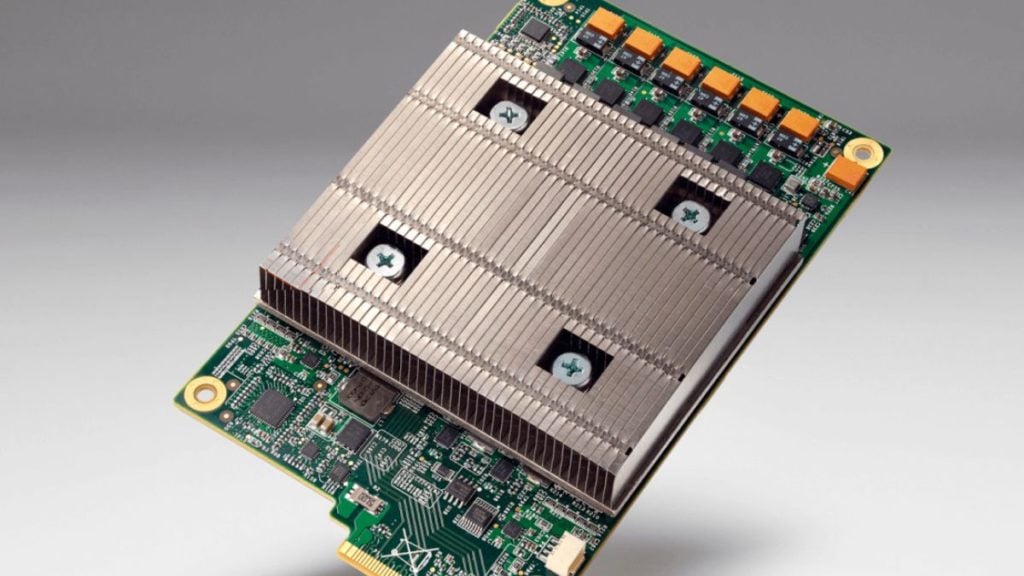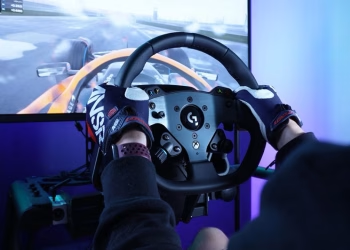About seven years ago, Partha Ranganathan realized Moore’s law was no longer valid. The Google engineering VP could no longer count on chip performance to double roughly every 18 months without significant cost increases, which was an issue given that he assisted Google in establishing its annual infrastructure investment budget.
Every four years, there is a chance of acquiring a chip that is twice as fast. Ranganathan realized they needed to change things up.
YouTube: Looking at the Big Picture
When Ranganathan and other Google engineers considered the big picture, they discovered that transcoding (for YouTube) was using a significant portion of the data centers’ computing cycles.

For specialized operations like transcoding, the off-the-shelf CPUs Google was using to run YouTube weren’t very effective. The infrastructure of YouTube uses transcoding to compress the video while maintaining the highest quality to the smallest size for your device.
They required an application-specific integrated circuit, often known as an ASIC, which is a chip intended to do a single task as effectively and efficiently as possible. For instance, ASIC gear is used only by bitcoin miners, who employ it.
Scott Silver, VP of engineering at YouTube said that the goal is to be able to convert all videos that are uploaded to the site into any format imaginable for the optimal user experience.

Selling higher management on the concept of ASICs didn’t take long. The company’s first video chip proposal was authorized during a 10-minute discussion with YouTube CEO Susan Wojcicki.
Google and VCUs
Although Google began rolling out its Argos Video Coding Units (VCUs) in 2018, the project wasn’t made public until 2021. At the time, Google claimed that compared to conventional server hardware running well-tuned transcoding software, the Argos VCUs achieved a performance gain of somewhere between 20 and 33 times.
Since then, Google has activated thousands of second-generation Argos chips in servers all across the world, and at least two follow-ups are already planned. Cost savings are the obvious reason to manufacture your chip for a particular application, but that’s not always the case. Large tech businesses frequently use bespoke chips just to get a competitive advantage.
As a result of industry consolidation, there are presently just a few bespoke chipmakers producing general-purpose processors that perform mediocrely on specific activities in a given area.

Word from Jonathan
Jonathan Goldberg, principal at D2D Advisory, said that controlling the semiconductor industry’s product roadmap is truly what’s at risk. Therefore, Goldberg continued, they construct their own, control the route plans, and get the strategic edge in this way.
The Argos custom chip is not the only one developed by Google. Tensor Processing Unit (TPU), a proprietary ASIC to power artificial intelligence applications, was introduced by the business in 2016.
Since then, Google has introduced more than four generations of TPU chips, giving it the upper hand over rivals in the AI space. To integrate hardware and software under one roof for its mobile line, Google also used a custom-built Tensor SoC to create its Pixel 6 series of smartphones.
Read More: NVIDIA GeForce RTX 4070 GPU is rumoured to come with 7680 Cores and 12GB of GDDR6X Memory








